Last week we introduced to you the totally awesome Exosuit, a $600,000 atmospheric diving suit, capable of taking a human 1,000 feet underwater at surface pressure. This means that the diver doesn't have to decompress and there is no need for special breathing gas mixtures, so there is no danger of decompression sickness or nitrogen narcosis.
Engineers have been trying to build hard, armoured suits since the 19th century; below is a brief history of these amazing deep-sea scaphanders.
This deep-sea atmospheric diving suit, designed by Alphonse and Théodore Carmagnolle (Marseille, France), was patented in 1882. It was the first properly anthropomorphic design. Sadly it never worked properly.
Photo: Fanny Schertzer/Wikimedia Commons//Myrabella/Wikimedia Commons
An early atmospheric diving suit, designed by M. de Pluvy, french hydraulic engineer in 1906.
Photo: HDS Italia/Scientific American, December 08, 1906/The Abbeville press and banner., July 17, 1907
1911: Chester E. Macduffee next to his patented diving suit. It was made from aluminum alloy and weighted about 250 kilogramms. Macduffee’s suit reached 65 meters of waterdepth in 1915!
Photo: therebreathersite.nl/Popular Mechanics, Dec 1914
The Leavitt suit, designed by Captain Benjamin Leavitt, patented in 1920. The suit was made of manganese bronze, and could carry a four-hour supply of oxygen and a telephone.
Photo: Topical Press Agency/Getty Images
Photo: Popular Science, Aug 1922
Diving suit made by the Neufeldt & Kuhnke company of Kiel, Germany, the first version of the N&K ADS called “Tiefseetaucher".
Photo: Memory of the Netherlands/Memory of the Netherlands
Image: Petit Journal Illustre, Dec 17, 1922/Scientific American, March 1923/NOAA Library Collection
2nd gen Neufeldt-Kuhnke suit, c1923.
Photo: Memory of the Netherlands/Memory of the Netherlands
Photo: Memory of the Netherlands
1924: deep-sea diver in his iron suit, probably designed by Chester E. Macduffee.
Photo: Memory of the Netherlands/Memory of the Netherlands
1925: Joseph Salim Peress, pioneering British diving engineer and his steel diving suit.
Photo: E. Bacon/Topical Press Agency/Getty Images
Iron Mike was built in 1930 by the New York Empire Marine Salvage Engineering Company to help in the recovery of sunken treasure and other valuable goods. It was designed by Thomas Patrick Connelly, patented only in 1935.
Photo: Google patents/History of Diving Museum
This piece of diving armor is referred to as Hagenuk or Iron Duke. It was made by Hagenuk in Kiel, Germany. In 1931 Iron Duke dove down to 450 feet to salvage sunken treasure from the wreck of the Egypt. The diver recovered 10 tons of silver and 5 tons of gold. It was the greatest treasure salvage of all time.
Photo source: Képes Vasárnap, 1939. március 26.
1931: All metal diving suit equipped with telephone and electric headlights, for salvage operations at depths of 200 feet or more.
Photo: Popular Mechanics, Jan 1931
Tritonia, Joseph Salim Peress' 1-atm dive suit (on the left), explored the Lusitania wreck in 1935. Jim Jarrett was Peress's chief diver and made this dive to 312 feet. This suit was a precursor to the "Jim" suit, named for Jim Jarrett.
Photo: OAR/National Undersea Research Program (NURP)
Roberto Galeazzi, the famed Italian helmet maker and one of his early atmospheric diving suit.
Photo: Galeazzi Company/Popular Mechanics, Jul 1938
The JIM suit was invented in 1969 by Mike Humphrey and Mike Borrow*, partners in the English firm Underwater Marine Equipment Ltd (UMEL), assisted by Joseph Salim Peress. JIM is named after Jim Jarrett, Tritonia suit diver and Lusitania explorer.
Photo: Central Press/Getty Images
Photo: OAR/National Undersea Research Program (NURP)
Photo: W. Busch/OAR/National Undersea Research Program (NURP)
Photo: Suzanne Vlamis/AP
Illustration: A.E. Brotman/Popular Science, May 1983
WASP is a modified JIM suit with thrusters, piloted here by Graham Hawkes.
Photo: R. Wicklund/OAR/National Undersea Research Program (NURP)
1987: The Newtsuit 1000 is a lightweight atmospheric diving system (ADS) and was invented and patented by Nuytco Research Ltd’s Phil Nuytten.
Photo: Nuytco Research Ltd
The ADS 2000 was developed jointly with OceanWorks International Corp. and the US Navy in 1997, as an evolution of the Newtsuit to meet US Navy requirements. In 2006 Chief Navy Diver (DSW/SS) Daniel P. Jackson submerged 2,000 feet, setting a record using the ADS 2000.
Photo: U.S. Navy
Photo: U.S. Navy/National Archives
Photo: U.S. Navy/National Archives
2014: The Exosuit by Nuytco Research Ltd.
Photo: Michael Hession/Gizmodo


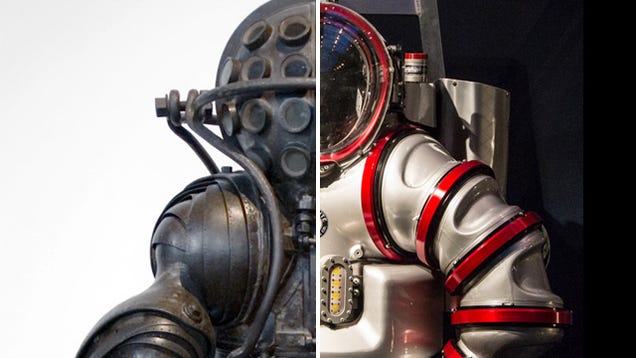
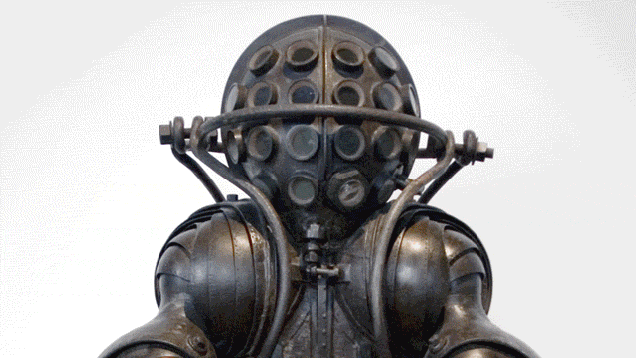
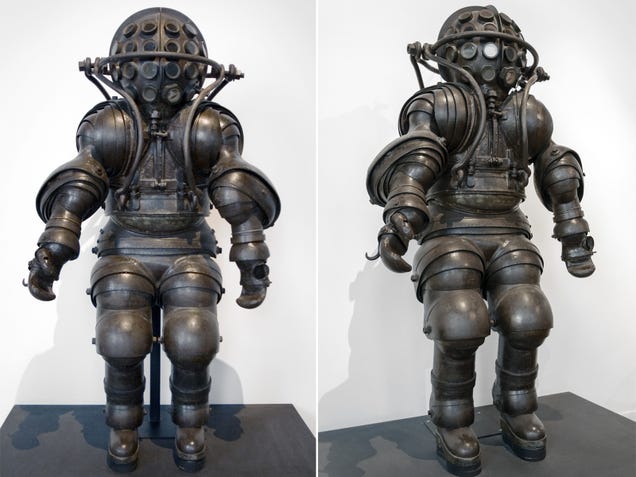
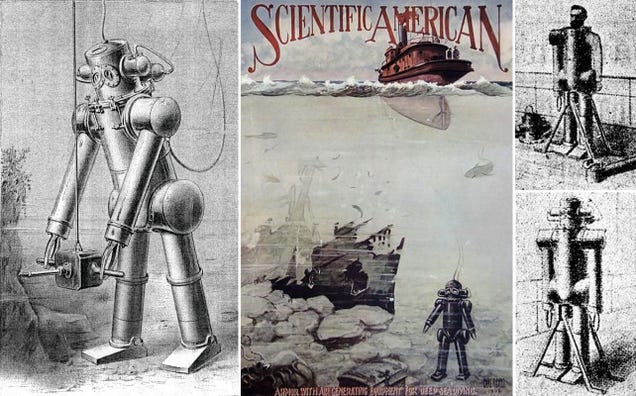

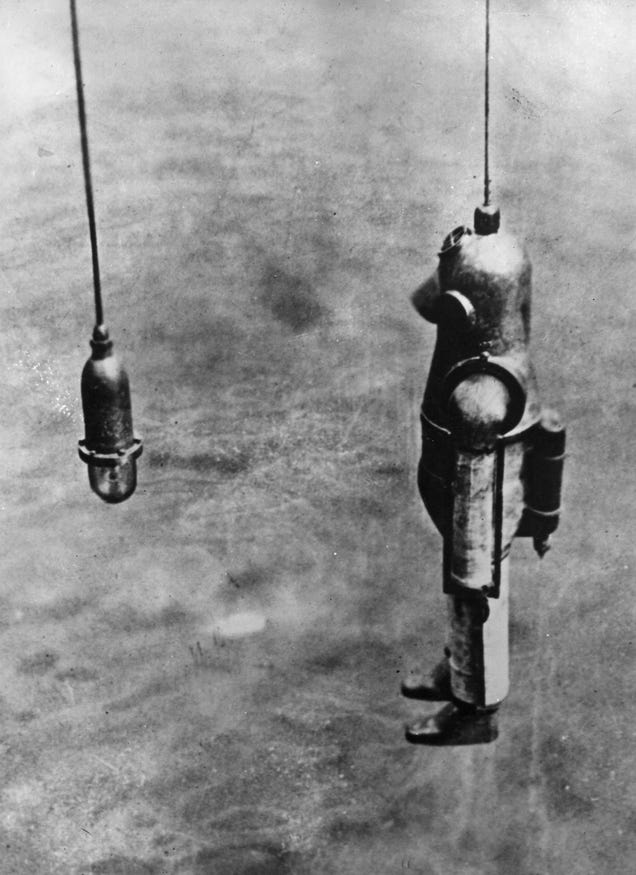
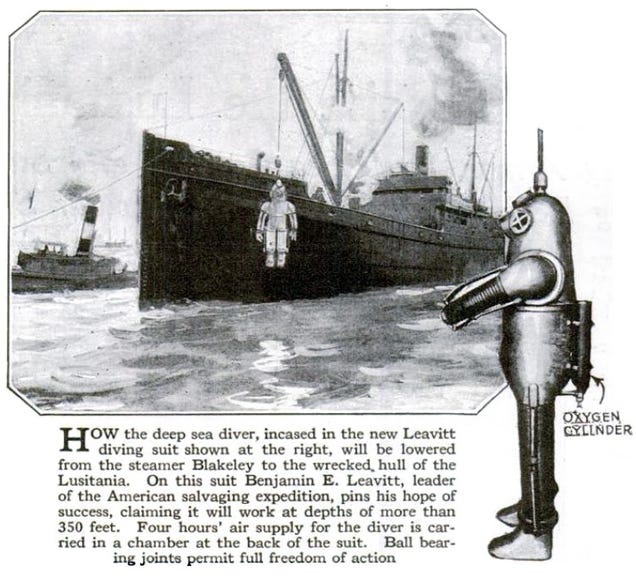
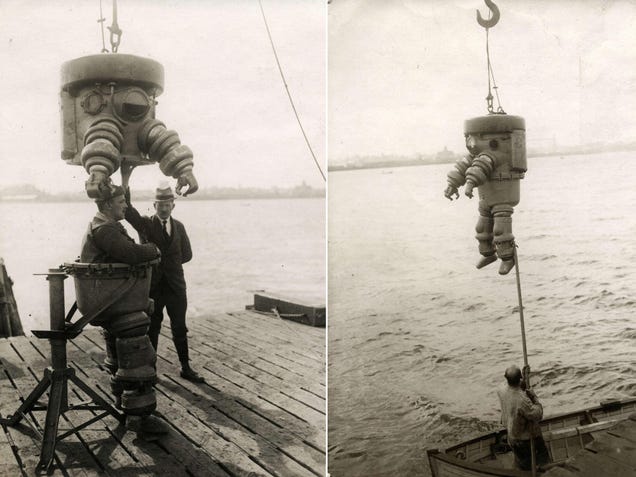
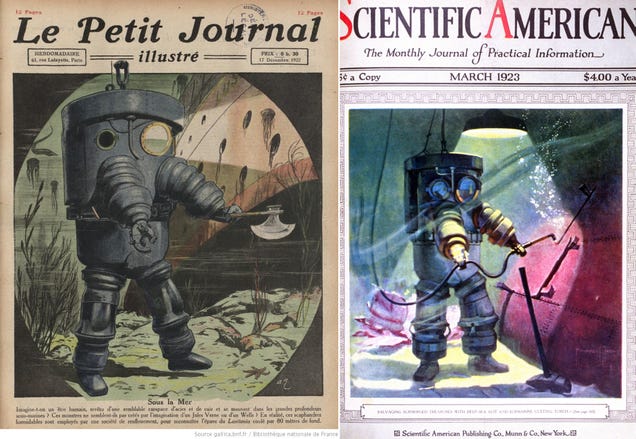
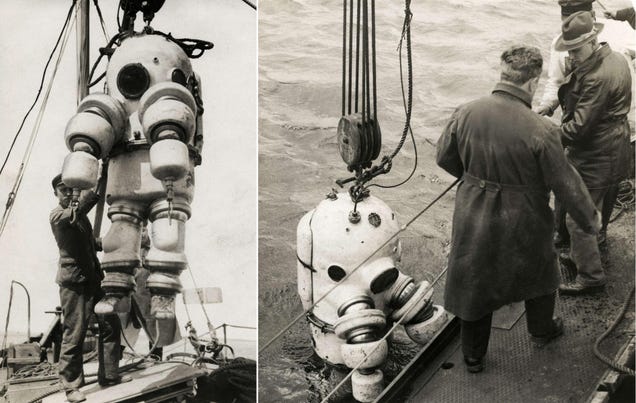
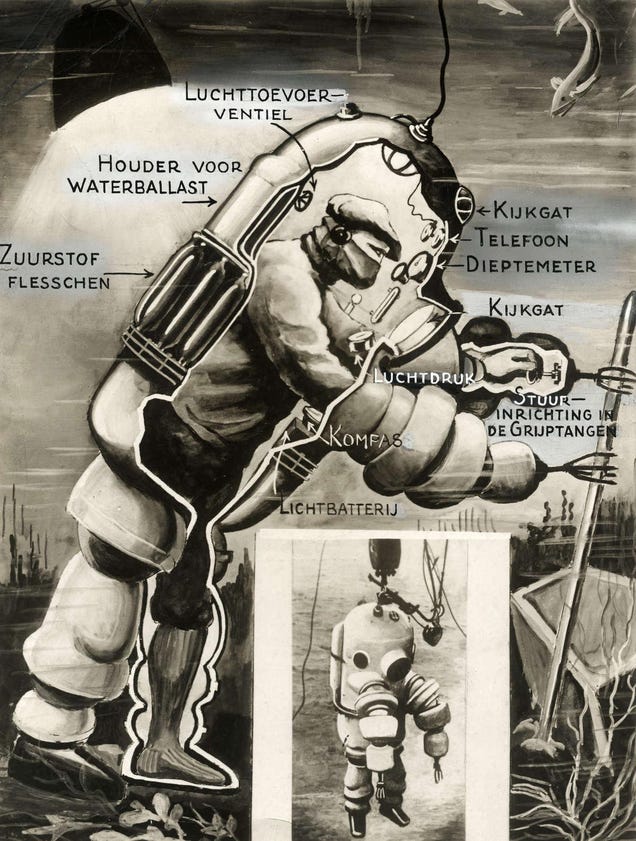
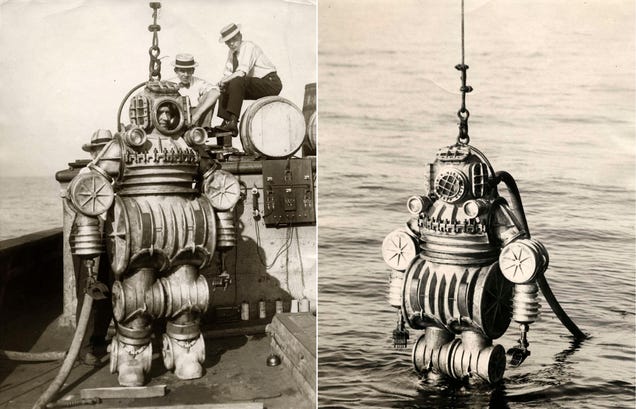
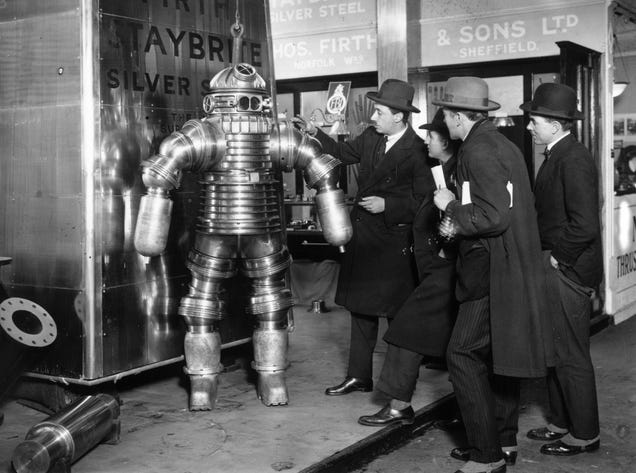
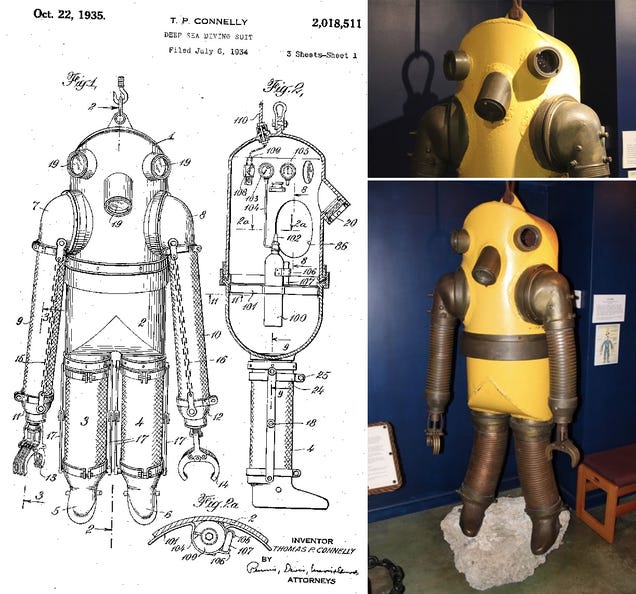
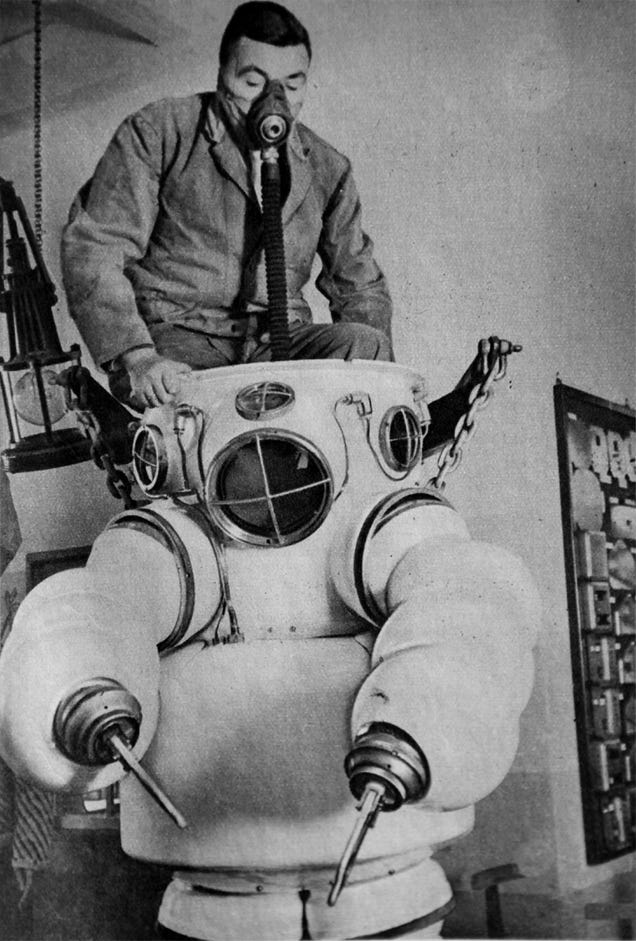
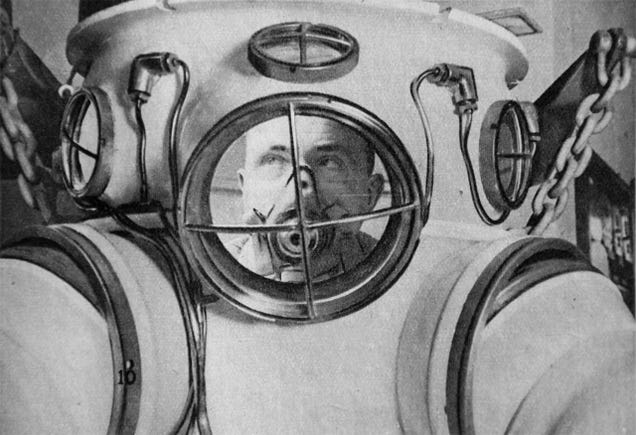
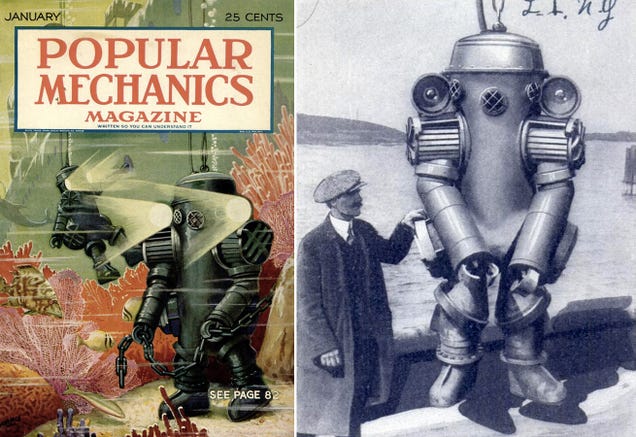
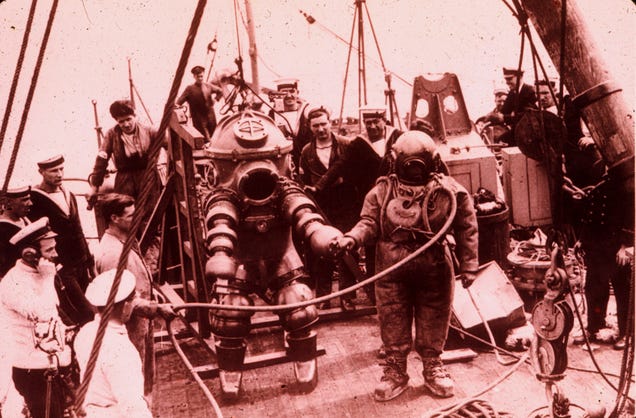
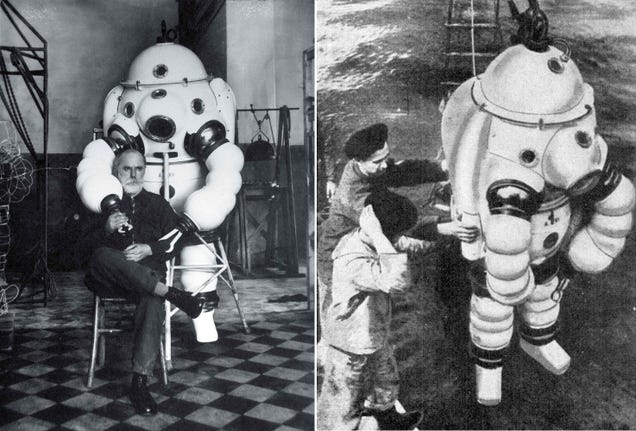
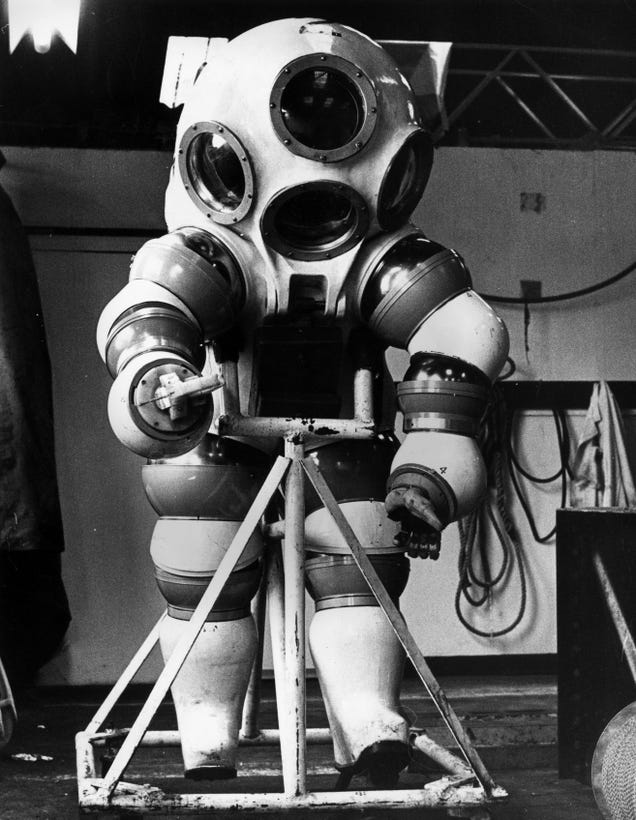
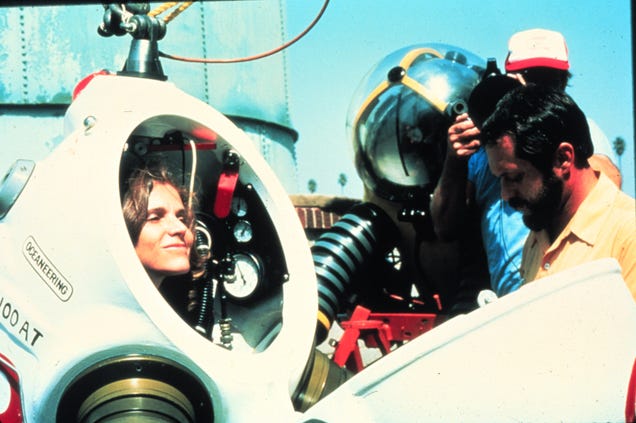
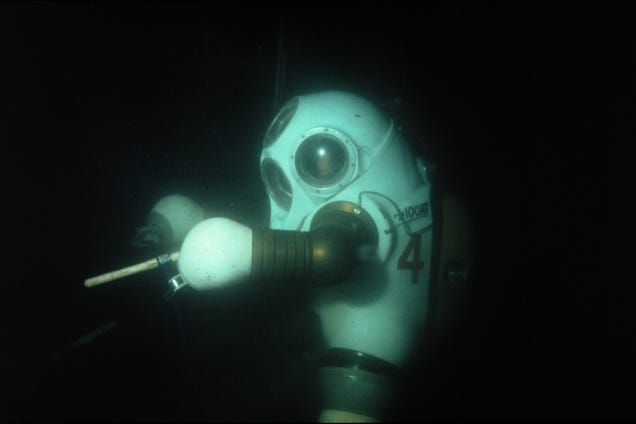

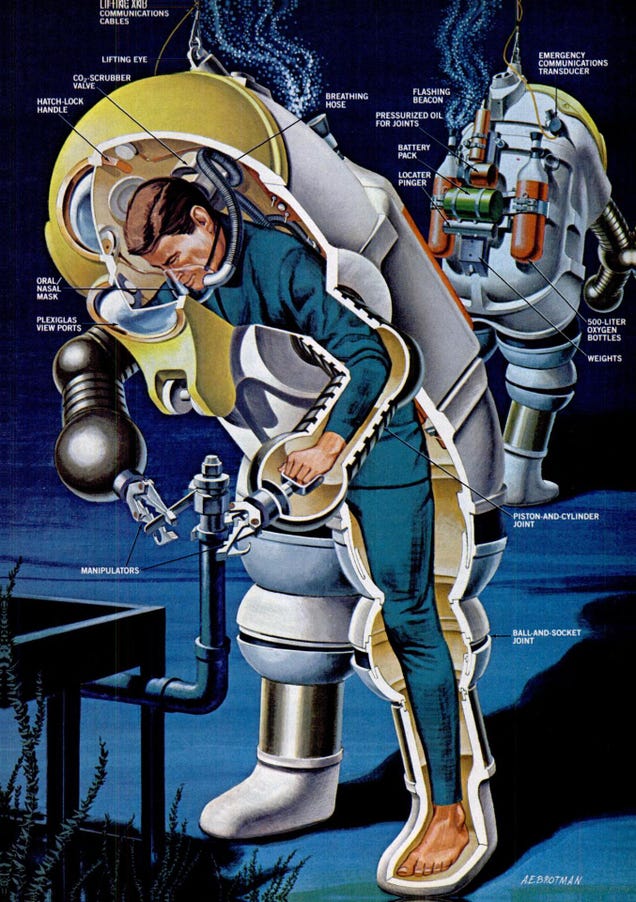
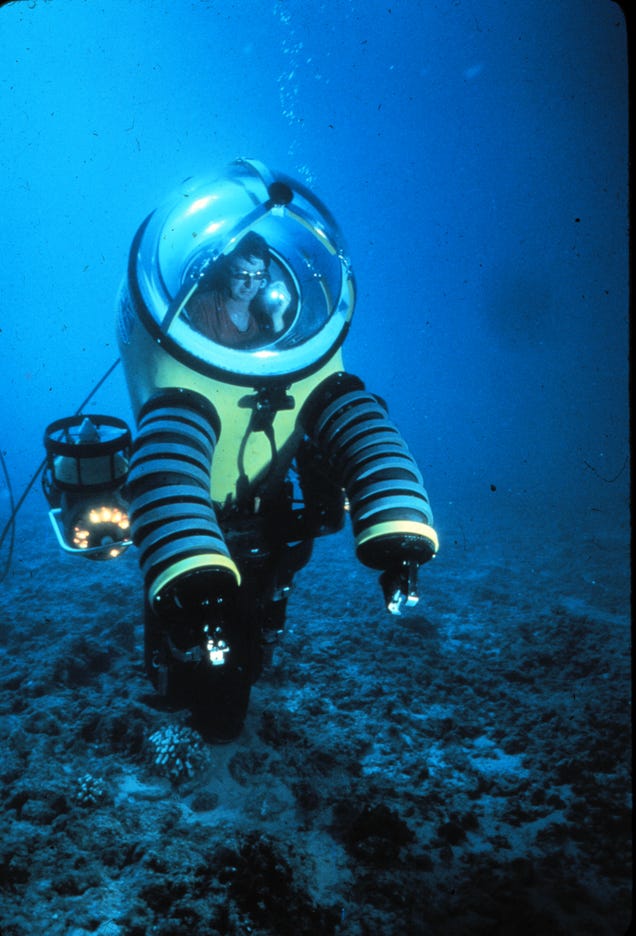
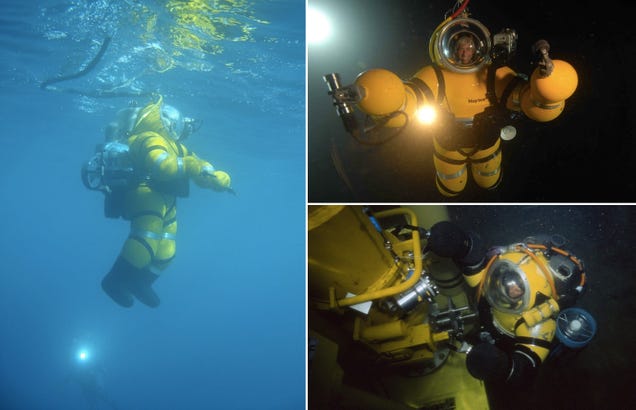
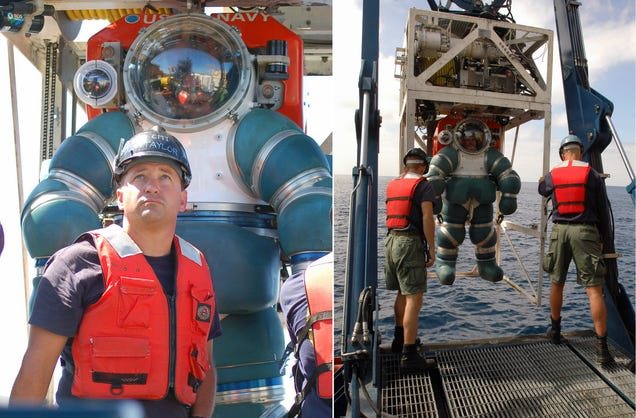

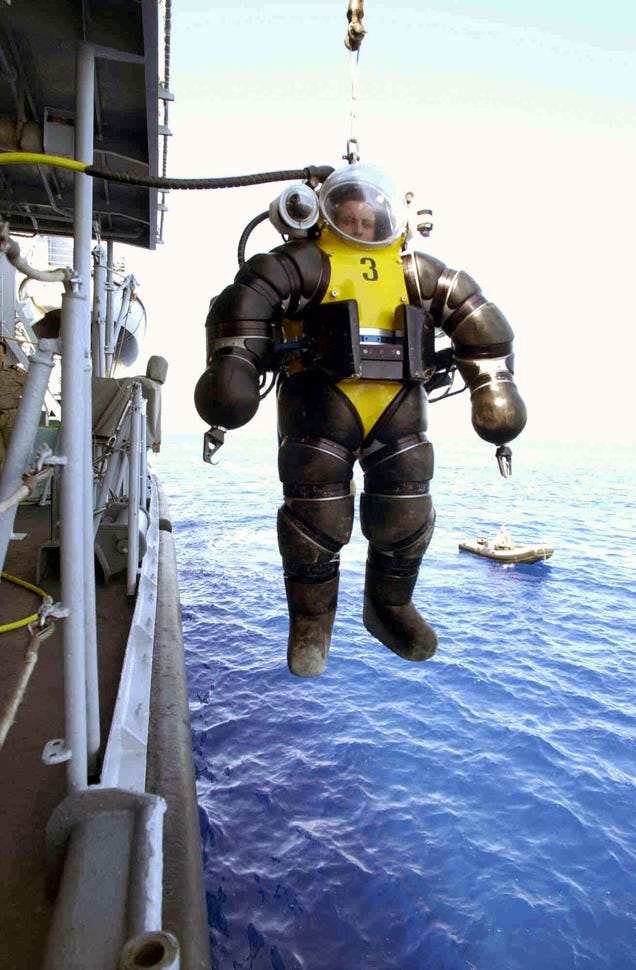
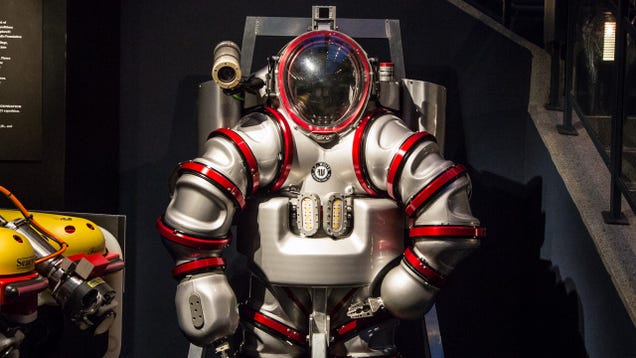


 글쓰기
글쓰기